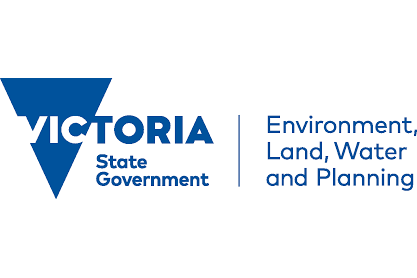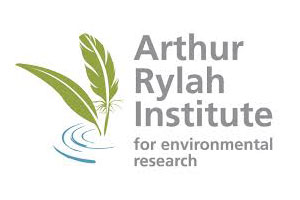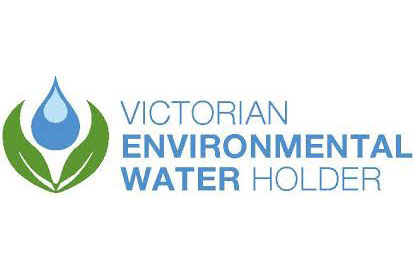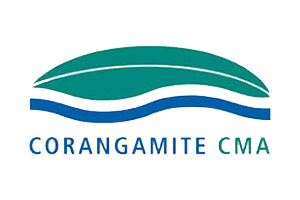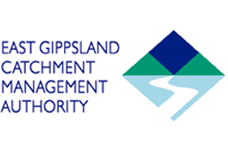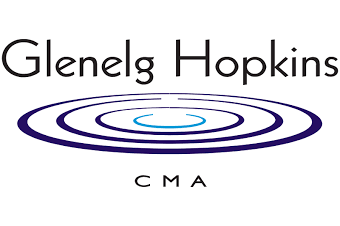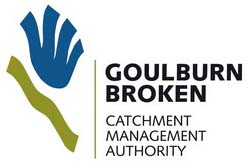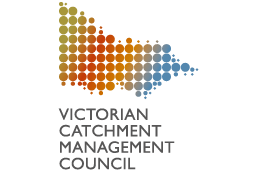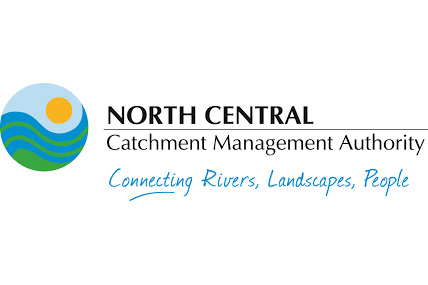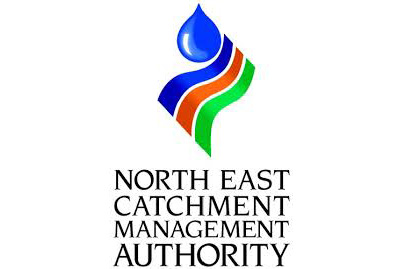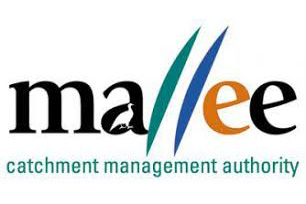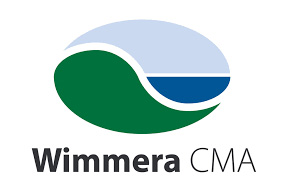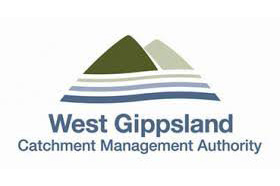
Citizen Science
Citizen science involves volunteer citizens, in partnership with scientists, participating in scientific activities for personal, community and environmental benefits. Interest by both the public and government agencies in volunteer participation in scientific research and monitoring programs is increasing. This reflects the increasing confidence in the scientific accuracy and validity of data gathered by volunteers, the increasing use of accessible technology that can handle large amounts of data, and demonstration of how this data can be used to address both scientific and policy issues. Data collected can advance scientific understanding, fill in specific knowledge gaps and add value to government monitoring programs.
Benefits of engaging the public in science include: improving scientific literacy and interest, increasing participants’ awareness of environmental issues, promoting specific issues and fostering local stewardship. Citizen science activities can also increase interactions between scientists and the public, which can in term lead to an improved understanding of each other’s perspectives and interests. Volunteers obtain new skills and knowledge, and there is also the potential to promote changes in behaviour. Individuals and communities can also gain in other ways; participation can be fun, grow social networks, and can increase ‘social capital’, measured by increases in trust, harmony and cooperation within communities involved in monitoring programs. Most citizen science projects are contributory where the public is asked by scientists to collect and contribute data and/or samples.
There can be limitations associated with citizen science activities, including regarding the capabilities and expectations of the volunteers who collect data, and the quality of data that can be used by managers. Citizen science projects should consider the needs, interests, skill sets, motivations and expectations of volunteers.
Managing Citizen Science
In Victoria, many citizen science projects exist, supported by a wide range of institutions including both government and not-for-profit. Government agencies include DELWP, Catchment Management Authorities (CMAs), Melbourne Water, Victorian Environmental Water Holder, Victorian Fisheries Authority, Environment Protection Authority (EPA) and Parks Victoria.
Citizen science is acknowledged within two key Victorian plans ‘Water for Victoria’ and ‘Protecting Victoria’s Environment – Biodiversity 2037’ which both have actions to support community partnerships and citizen science. An internal DELWP scoping paper ‘Citizen science for biodiversity benefit’ (Platt and Hames 2017) flagged the wide variety of data required by DELWP which could be explored through citizen science, including species’ distribution and abundance, species’ biology, ecosystem function, ecosystem threats/status, and ecosystem restoration. The range of citizen science projects which exist in Victoria involve survey, monitoring, research, digital analysis and communication within terrestrial, freshwater and marine environments. DELWP has published a summary brochure of the key elements of successful citizen science projects, which is available on the ARI website.
A national citizen science peak body, the Australian Citizen Science Association (ACSA), has recently formed and there is also now a Victorian Chapter of ACSA.
Key Projects, Research and Monitoring
There are national programs such as Landcare and Waterwatch where people participate in land and water rehabilitation and monitoring. Within Victoria, there are many examples of communities working with CMAs to implement river rehabilitation works under Regional Waterway Strategies, including programs such as Flagship Waterways. This involvement includes carrying out onground works such as planting and fencing, engagement activities, building partnerships, monitoring and sharing knowledge. Some of these programs provide very good volunteer activities and engagement but do not extend to citizen science, however some do also gather data and address questions; these offer excellent opportunities for delivering all the benefits of citizen science programs. Some of the existing aquatic engagement, volunteer and citizen science programs include:
- Waterwatch Victoria - connects local communities with river health and sustainable water issues and management.
- Estuary Watch – a Victorian program where volunteers collect observations, photos and water quality data to monitor estuarine health.
- SWIFFT (State Wide Integrated Flora and Fauna Teams) - a network for knowledge sharing and information exchange that supports conservation and management of threatened species, biodiversity and the natural environment across Victoria.
- Angler focussed activities:
- Angler Regional Riparian Action Plan - a partnership between CMAs and recreational anglers to deliver riparian improvement works in areas of local priority for anglers.
- Volunteer angler diaries – to help monitor the abundance of fish and the health of our recreational fisheries, fishers can get involved by recording your fishing trips in a volunteer angler log book.
- Angler scientists – a component of the VEFMAP (Victorian Environmental Flows Monitoring and Assessment Program) where scientists and anglers work together to measure the benefits to fish of providing water for the environment. Citizen scientists collect Murray Cod and Golden Perch earbones (otoliths).
- Mulloway - a project which began in 2014, examining the movement patterns of Mulloway in Victorian coastal waters and estuaries. This involves citizen scientists tagging fish, recording recaptures, measuring fish length, and collecting earbones (Nature Glenelg Trust, VFA).
- Whiting – to monitor the movements of Victorian King George whiting to their spawning areas, fishers get involved by recording tag numbers and collecting fish frames (Melbourne University project).
- Taxidermied Murray Cod in pubs – exploring the potential of taxidermy Murray cod mounts from pubs to inform past environmental conditions (Charles Sturt Uni, MDBA).
- Fishcare - a community based, not-for-profit group which fosters stewardship and personal responsibility by Victorian recreational fishers to fish resources and the aquatic environment.
- Feralfish – a website for the public to record the location of ‘feral fish’.
- Redmap – a website which invites fishers and divers to report, log and map any unusual marine species.
- Bird monitoring programs
- VEWH and Birdlife Australia - a citizen science monitoring project to involve birdwatchers in monitoring at wetlands which receive environmental water.
- Victorian Wader Study Group – this group has banded and retrapped large numbers of wader birds since 1975, to improve understanding of migratory patterns.
- Birdlife Atlas Data Project – bird observers have been recording the presence of bird species across Australia since 1998.
- Burrowing crayfish monitoring – scientists work with the community and the Yarra Ranges Council to survey Dandenong Burrowing Crayfish (DELWP ARI)
- Platypus monitoring
- Australian Platypus Monitoring Network (APMN) – has developed a website and app to promote volunteer participation, train and mentor volunteers, and enable uploading of records in the field.
- Examples of phone apps
- I spy fish, I spy frogs, I spy catchment creatures - an app for the public to record a sound, take a photo and map where species are found (GBCMA)
- Fluker posts – people take and upload photographs from fixed photopoints to provide a visual record of sites over time. This includes the use of an app (Victoria University).
